When building new construction, it’s easiest to get a GreenPoint Rating when you plan it from the start. “Green homes” are home built correctly with quality, sustainable features and construction methods.
According to Build It Green, many people talk about having a green home but aren’t sure where to start.
GreenPoint Rated removes the guesswork by having a Certified GreenPoint Rater evaluate a home’s green features allowing homes to be compared on a level playing field. GreenPoint Rated rewards building professionals and homeowners who create green homes by allowing them to brand their products with a recognizable, trustworthy seal of approval.
The quality home builder, Schiller Construction, hired Julie Orr Design, just after they began the house framing. This gave me the opportunity to review the architect’s plans and make additional suggestions. Tip for homeowners: Hire your landscape designer at the same time you hire your architect. When the two trades work together, you avoid fees for needless revisions.
To begin the process, I reviewed Build It Green’s guidelines and worked together with my landscape contractor at eni-ko to create a sustainable landscape design. To get the most points possible on this project, we addressed the following:
- Permeable hardscape was selected. Stormwater stays onsite, eliminating erosion and contamination while also recharging aquifers.
- Planted non-invasive species that won’t out-compete the native and water-wise plantings.
- No plants require hedging. Plants were chosen and spaced out to allow to optimal growth and natural appearance.
- 75% of plants will be drought tolerant once established (excluding turf). Irrigation may be drastically reduced by 2011.
- Turf is less than 33% of landscape area to conserve water.
- MP rotator spray heads use less irrigation on turf because the rate of application is slower thereby avoiding runoff.
- Shade trees were planted to increase passive cooling to save energy.
- Plants were grouped by hydrozone (similar irrigation requirements) to save water and prevent runoff.
- Efficient drip irrigation used in planter beds.
- Compost added to improve plant health, soil texture, and drainage.
- Wood mulch added: protects plants from moisture loss, adds organic matter to the soil and suppresses weeds.
While the project you envision may not include a GreenPoint rating, this checklist will become the norm in future landscaping. With the growing concern to conserve natural resources, governing agencies like the State of California, are looking at new water model ordinances to make conservation a reality. Although new landscaping regulations will be encouraged and enforced slowly, the time to change our habits is now. Many cities like Portola Valley, CA have already adopted these types of landscape measures.
Green is here to stay. For a green point rated landscape consultation click here.

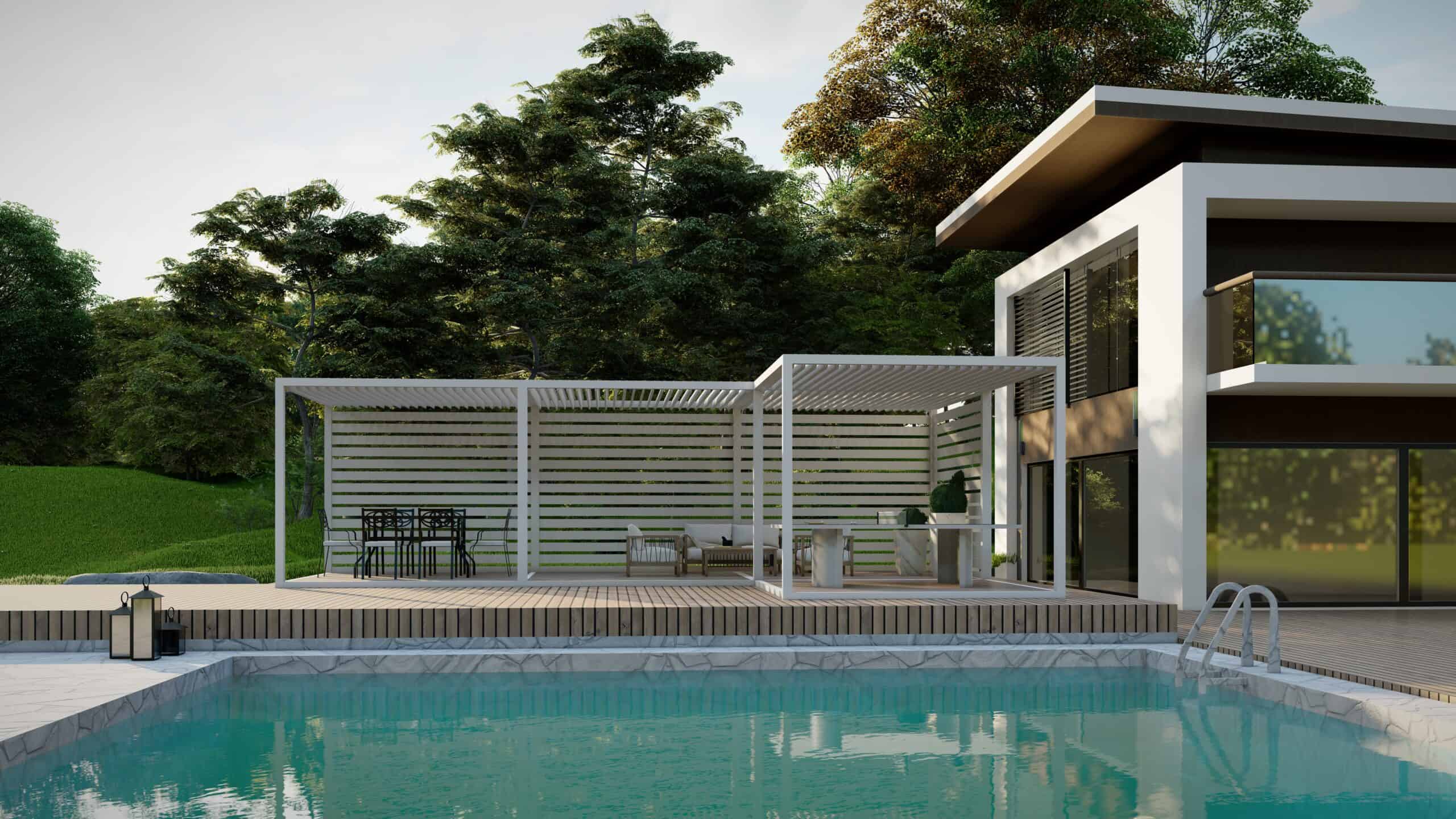
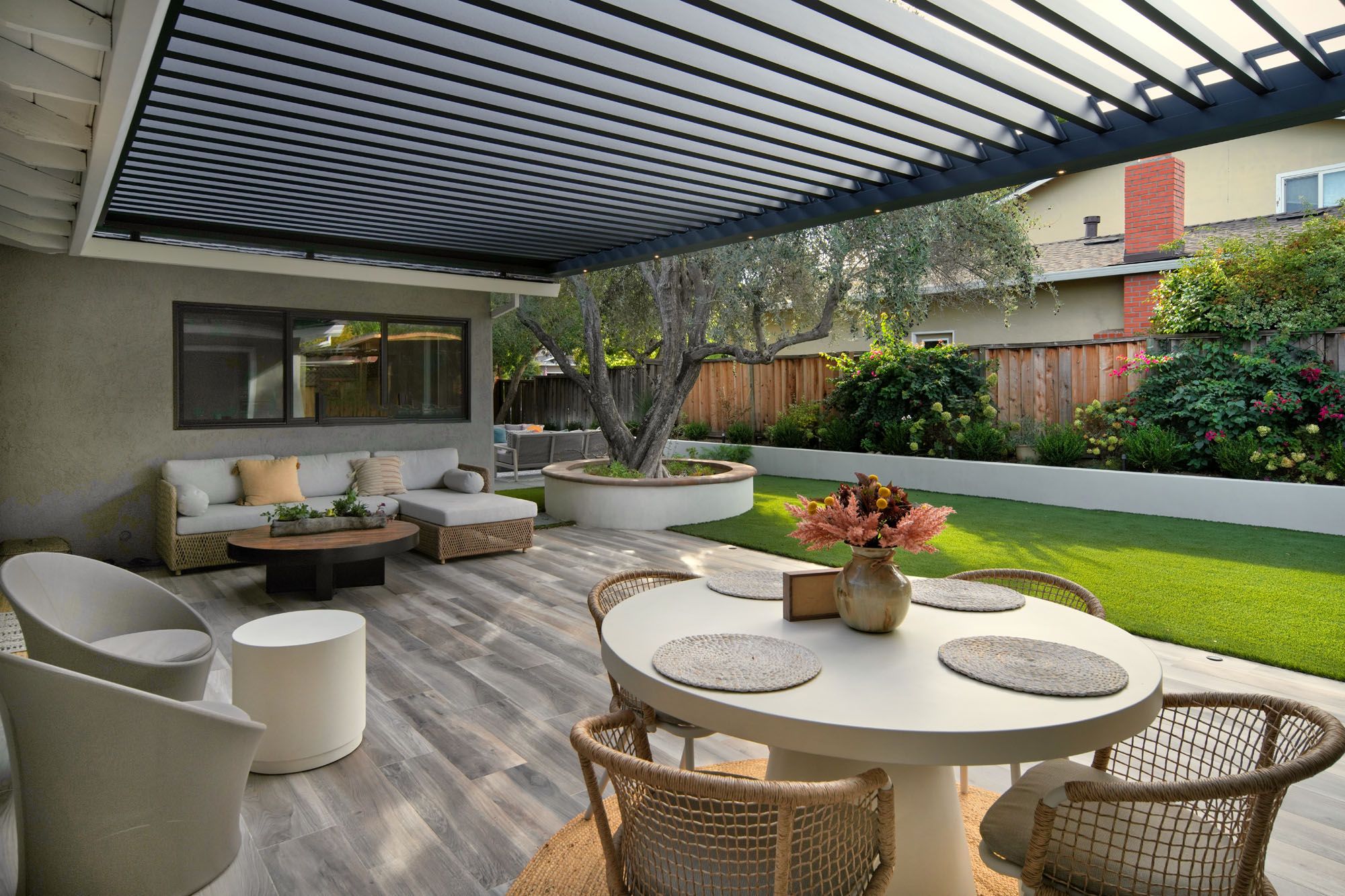
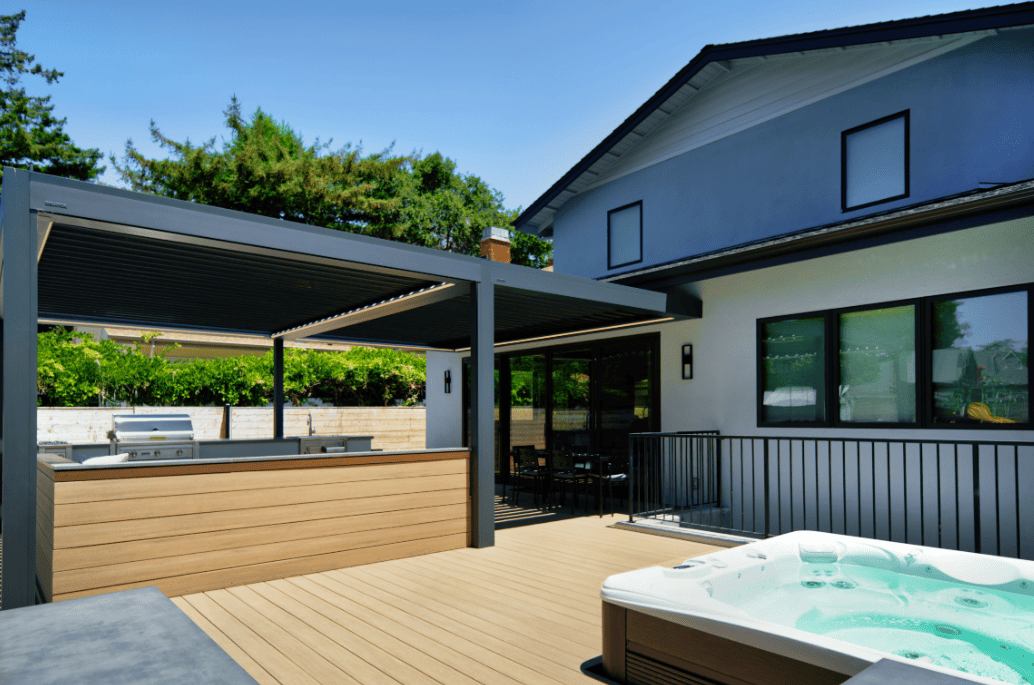
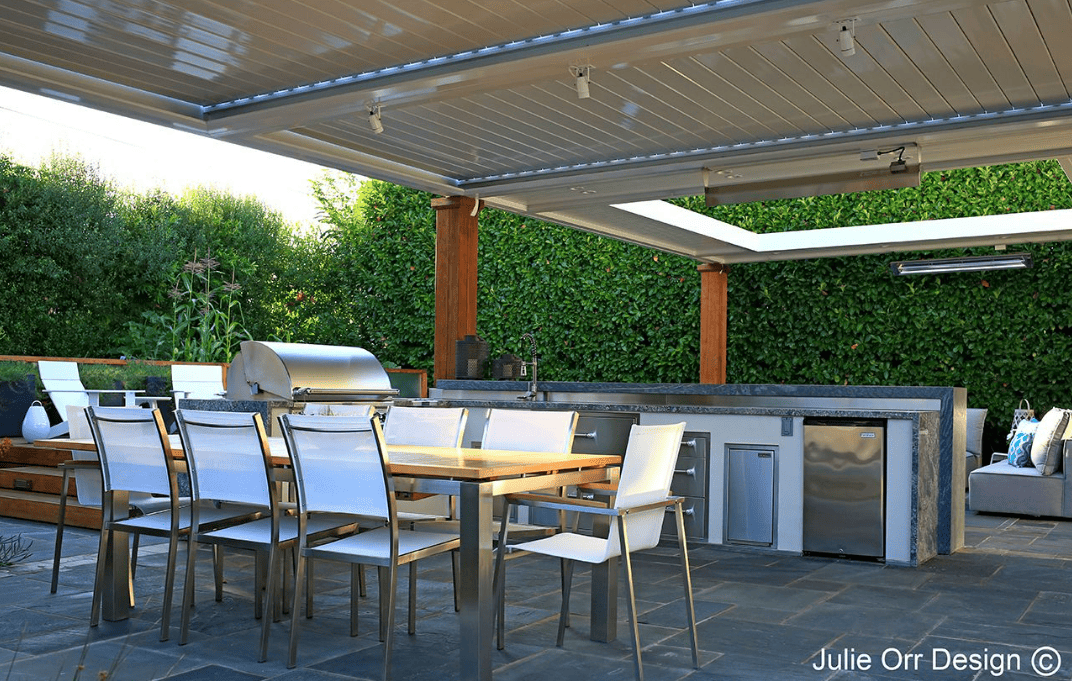
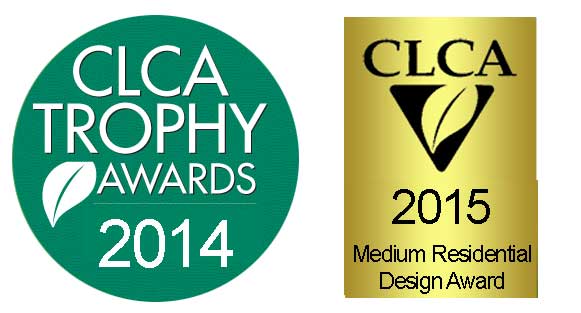

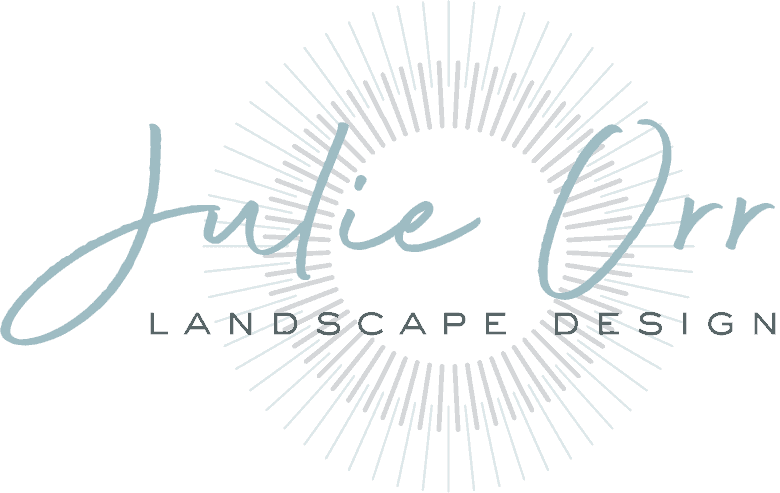
Leave A Comment